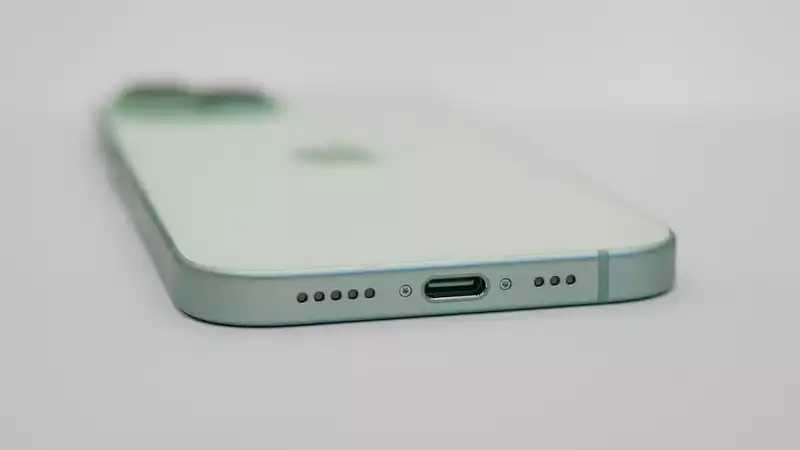The iPhone 15 is now available and is the first Apple smartphone to feature a USB-C connection. We are very happy about this change, as it means that iPhones will be able to use the same charging cable as all other gadgets (including those made by Apple).
However, if you are a longtime iPhone user, you are likely not as familiar with USB-C as your Android-loving brethren. The phone itself does not come with a charging brick and requires a USB-C to USB-C cable, which you may have to go out and buy.
If this is the case and there is no alternative way to charge your iPhone, I would warn you not to buy the cheapest USB-C charger possible, unless you want to risk burning your iPhone or, worse, starting a fire.
It may sound overstated, but electricity can be dangerous, and cheap chargers do not have a good reputation. In fact, the threat of inexpensive counterfeit chargers has been a concern since USB-C was first introduced, and it is important that iPhone users do not get caught up in this.
This is both for your own safety and to avoid giving Apple an excuse to reopen the "Made for iPhone" accessory certification program.
While counterfeit Lightning cables and chargers are plentiful, Apple has taken precautions to prevent unsafe chargers from causing damage. certified by Apple as safe and authentic, and at the same time receive a percentage of the sales proceeds from Apple.
Attempting to use a charger that is not Made for iPhone certified will cut the maximum charging speed in half; whether Lightning or MagSafe, uncertified chargers are throttled by design, and safety is cited as one of the main reasons for this. One of the main reasons for this is safety.
Official Lightning cables also have chips that are essentially fuses, isolating damage if the power supply fluctuates. The charger may break, but the phone is protected from damage.
Unfortunately, Made for iPhone was a paid program. Accessory makers had to pay to participate, and royalties were due on all sales.
High-quality USB-C products have similar safety measures, but inexpensive products do not have that guarantee. Indeed, in the early days of the standard, there were several stories of counterfeit chargers damaging cell phones and causing fires due to shoddy and dangerous construction.
Because it is an open standard, almost anyone can make their own USB-C cable without paying licensing fees or royalties. However, the USB-Implementer's Forum, which manages the USB standard, has a list of standards to which cables must conform. These standards ensure that cables will not cause property damage or injury to users.
It did not take long for major retailers to ban the sale of chargers and plugs that did not meet these standards, but that does not mean they do not still exist. Not all retailers have strict protections against counterfeit electronics, and even those that do cannot guarantee 100% that counterfeit products are not slipping through the cracks.
We are not saying that you must buy Apple-branded USB-C cables for every device you own. However, you should be aware that dangerous cables exist and can cause a lot of damage. Sure, cable is cheap, but is saving a few dollars worth risking your phone, home, and personal safety?
Not all inexpensive USB-C cables and chargers are unsafe, and you can get a perfectly suitable charger without paying Apple-level prices. You just have to be cautious when shopping and make sure you buy something that won't try to burn your house down while you sleep.










Comments